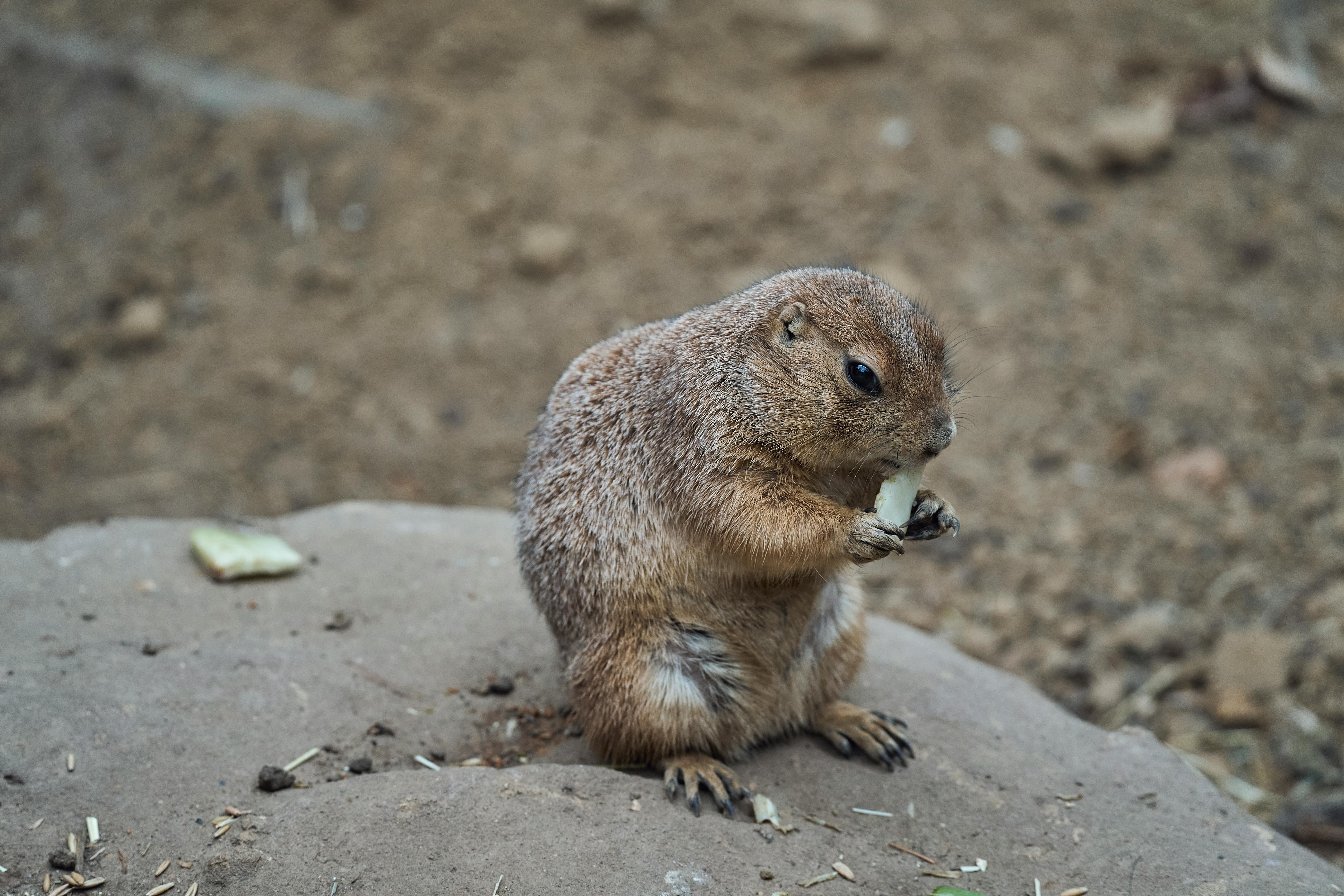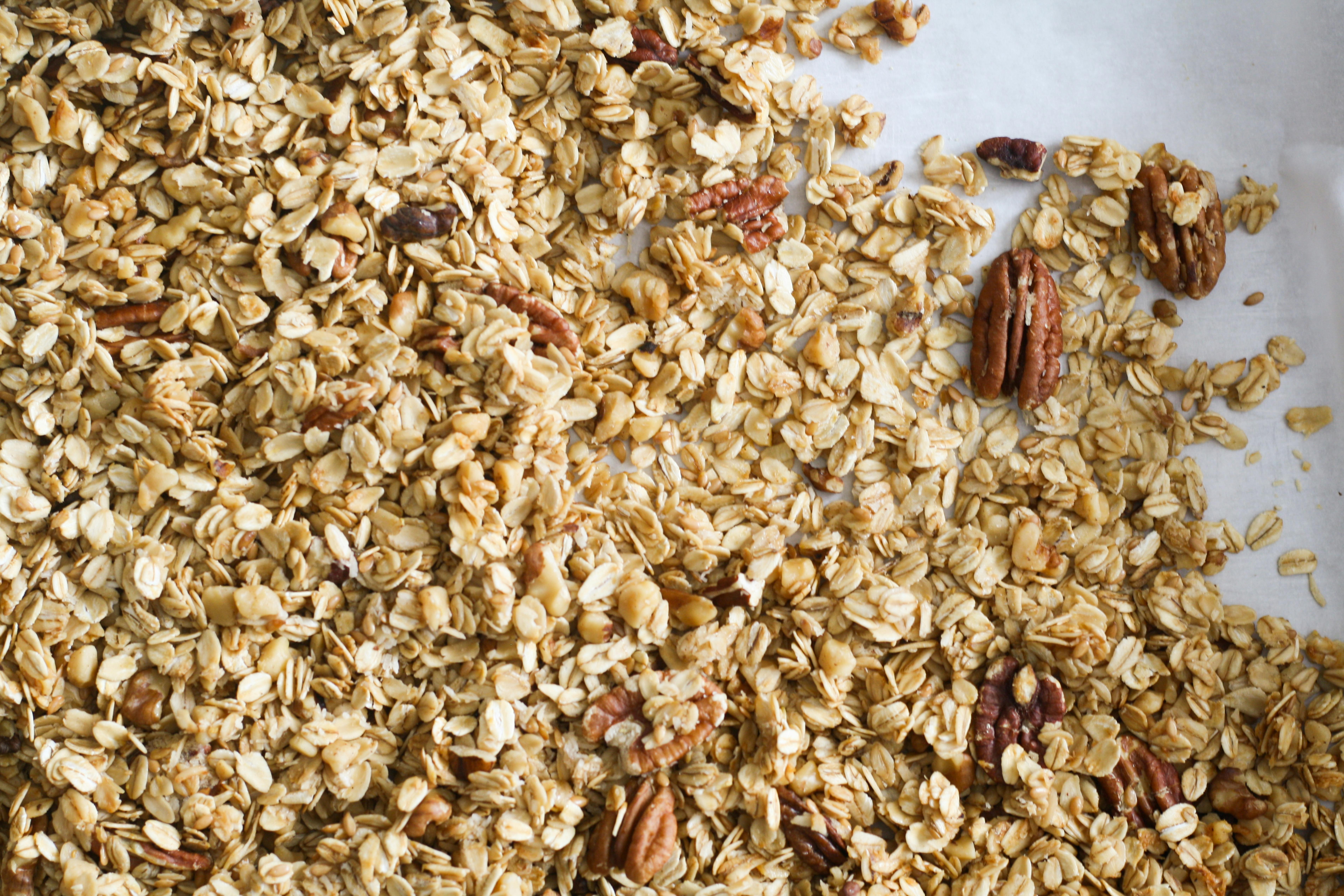Simple Ways to Enhance Your Diverticulosis Diet Plan in 2025

Apply Now


Essential Strategies to Enhance Your Diverticulosis Diet Plan in 2025
Understanding Diverticulosis and Its Dietary Implications
Diverticulosis is a condition marked by the formation of small pouches, or diverticula, in the walls of the colon. These pouches can lead to diverticulitis when inflamed, making it crucial to manage the condition effectively. A well-balanced diverticulosis diet plays a significant role in minimizing symptoms and preventing complications. The key lies in the intake of fiber-rich foods, which can aid digestion and maintain gut health. Moreover, understanding diverticulosis symptoms, such as abdominal pain and changes in bowel habits, is essential for effective dietary management. Food choices greatly influence digestive wellness. Incorporating a variety of high-fiber foods, like vegetables, fruits, legumes, and whole grains, can support digestion. Additionally, being mindful of portion control and meal timing is crucial, as poor habits can aggravate diverticulosis symptoms. It's equally important to stay hydrated, as water intake supports fiber's effectiveness. This foundational understanding sets the stage for building a tailored diverticulosis meal plan.Building a High Fiber Diet: The Cornerstone of Diverticulosis Management
A high fiber diet is essential for anyone managing diverticulosis. Fiber introduces bulk to the diet, which helps with bowel regularity and reduces the risk of diverticulitis flare-ups. Aim for at least 25-30 grams of dietary fiber daily, focusing on fiber-rich foods like fruits, vegetables, legumes, and whole grains. When planning meals, consider creative ways to incorporate these foods. For instance, smoothies for diverticulosis can be a delectable and nutritious addition. Blending spinach, berries, and oatmeal into a morning smoothie not only elevates fiber intake but also ushers essential vitamins and antioxidants into your diet. However, it's wise to avoid nuts and seeds unless they are ground, as they can irritate the colon walls. Meal prep ideas can enhance fiber intake by encouraging the preparation of meals ahead of time. Preparing roasted vegetable batches, quinoa salads, or legume dishes makes it easier to stick to a high fiber diet throughout the week.Implementing Low-Fat Recipes: A Healthy Approach to Eating
Low-fat recipes are ideal for managing symptoms associated with diverticulosis. Reducing fat intake can help alleviate digestive discomfort, making it easier to digest meals. Lean protein options, such as skinless poultry, fish, and plant-based proteins, fit perfectly into this dietary strategy. Consider incorporating recipes that employ gentle cooking methods such as baking, steaming, or slow-cooking, which promote easier digestion. Experiment with legumes and beans as protein sources; they are not only high in fiber but also contribute to overall health. Flavoring meals with herbs, spices, and low-fat sauces can make healthy eating exciting without the addition of excess fats. Moreover, keeping a food diary can be a valuable tool in understanding which foods are well tolerated versus those that trigger symptoms. Documenting your meals, symptoms, and emotional responses around mealtimes can help you quickly identify dietary adjustments and enhance the overall diet for managing diverticulosis.Smart Snack Options for Digestive Health
Choosing Gut-Friendly Snacks
Healthy snacks play an important role in maintaining energy levels while adhering to a diverticulosis diet. Opt for gut-friendly foods that promote digestive health, such as yogurt with probiotics, which can help maintain gut flora balance. Additionally, incorporating fiber-rich snacks like carrot sticks with hummus or whole grain crackers with avocado provides essential nutrients without irritating the digestive system. When selecting snacks, be mindful of sugar alternatives and unhealthy fats, as they can exacerbate digestive issues. Instead, focus on snacks that contain antioxidants for digestion, which can help combat inflammation and support overall health. Meal timing is another crucial factor in snack consumption. Eating smaller, more frequent meals can ease digestion and prevent discomfort. Aim to space snacks appropriately between meals to maintain consistent energy levels while supporting digestive health.Hydration Strategies for Optimal Digestive Function
Hydration plays a vital role in any diverticulosis diet plan, as adequate water intake is critical for fiber to function properly. Strive for at least eight glasses of water a day, ensuring that hydration is prioritized during high-fiber meals. Moreover, combining hydration with meals that include fruits for fiber, such as watermelon or oranges, can help you achieve dual benefits. Consider herbs and teas such as peppermint or ginger, which are well-known for their digestive properties. These can serve as low-calorie hydration options while providing additional gastrointestinal benefits. Monitoring caffeine intake is also advisable, as it may irritate the digestive tract for some individuals with diverticulosis. It's essential to create a personalized hydration plan that aligns with your daily needs and dietary preferences. This commitment to hydration forms the groundwork for supporting digestive health in the long term.Proactive Modifications for Long-Term Management
Understanding Dietary Restrictions and Food to Avoid
Certain dietary modifications are necessary to manage diverticulosis effectively. It is advisable to avoid specific food groups that can exacerbate symptoms. Foods that are known to be problematic include high-fat or fried foods, as well as processed snacks. These can lead to additional inflammation and discomfort. In addition, employ caution regarding foods that tend to stick in the digestive system, such as popcorn or seeds, even if they are fiber-rich. Maintaining a diversion from these trigger foods will align with your health goals, especially during flare-ups. When planing your meals, filling your grocery list with safe foods that enhance digestive wellness, including whole grains, legumes, and various fruits and vegetables. A well-curated food list can serve as a guide during grocery shopping, ensuring that you select appropriate items that will support your diverticulosis diet.Incorporating Probiotics and Anti-Inflammatory Foods
Probiotics for gut health can serve as an additional strategy for maintaining digestive health in individuals with diverticulosis. Foods rich in probiotics, such as yogurt or kefir, can promote gut flora balance and assist in digestive processes. Targeting anti-inflammatory foods, like fatty fish (source of omega-3), leafy greens, and turmeric, can also foster a healthy digestion environment. Understanding the connection between dietary habits and the gut-brain relationship can deepen your appreciation for the effects certain foods have on your overall well-being. Exploring diverse fiber sources while intertwining the mentioned anti-inflammatory ingredients can foster a holistic approach to gut health. Making gradual adjustments to your diet, alongside professional nutritional advice, will further empower your journey towards effective diverticulosis management.Conclusion: Embracing a Balanced Approach to Diverticulosis
Cultivating a successful diverticulosis diet plan in 2025 relies on a committed approach to dietary modifications. By emphasizing high-fiber foods, participating in mindful eating practices, and incorporating hydration techniques, you can significantly improve digestive health. Furthermore, adhering to dietary recommendations, such as embracing probiotics and monitoring intake of particular foods, enhances meal frequency and snack choices, thus supporting your journey toward diverticulosis management. Regular exercise and lifestyle changes complement this dietary commitment, ensuring your well-being. As you embrace this transformed diet plan, staying informed through resources and tools for dietary education will empower your ongoing journey to managing diverticulosis. A well-planned diet leads not only to symptom relief but also to improved overall health.
